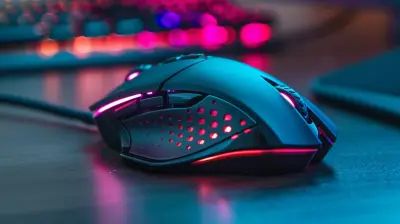Exploring the Difficulty Curve in Modern Platformer Games
22 June 2025
Platformers. Just hearing the word might summon flashbacks of pixel-perfect jumps, unexpected traps, and nail-biting boss fights. Whether you're a retro enthusiast who swears by the brutality of the NES era or someone who's dipped their toes into more recent gems like Celeste or Hollow Knight, one thing remains constant—the difficulty curve.
But what even is a "difficulty curve"? And why does it matter so much in platformers? Let’s break things down, jump by jump.
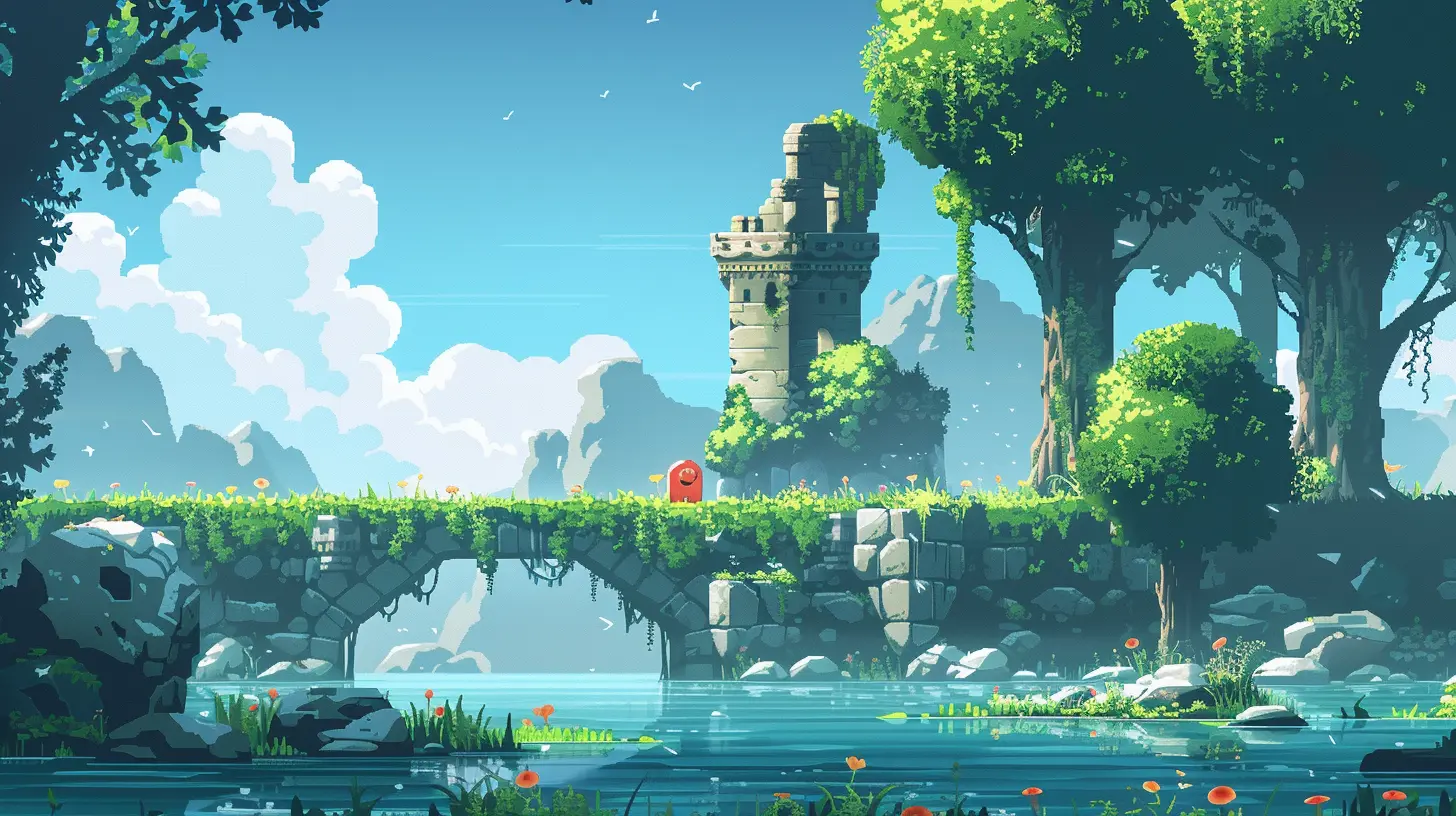
What’s the Deal with Difficulty Curves?
Alright, let’s start simple.A difficulty curve is how a game gradually ramps up its challenge level. Think of it like hiking a mountain—it starts at the base with gentle slopes, but before you know it, you’re scaling vertical cliffs with a backpack full of spikes. The idea is to ease you in, then test your skills as you go.
For platformers, this is absolutely essential. Why? Because platformers are all about precision, rhythm, and reflexes. Throw someone into a meat grinder of spinning blades and lava pits right at the start? They’re gonna rage quit faster than you can say "Game Over."
Good difficulty curves create what's known as a "flow state"—that sweet spot where the game constantly challenges you just enough to stay fun without becoming overwhelming. Bad curves? They jump from peaceful strolls to soul-crushing death traps with zero warning.
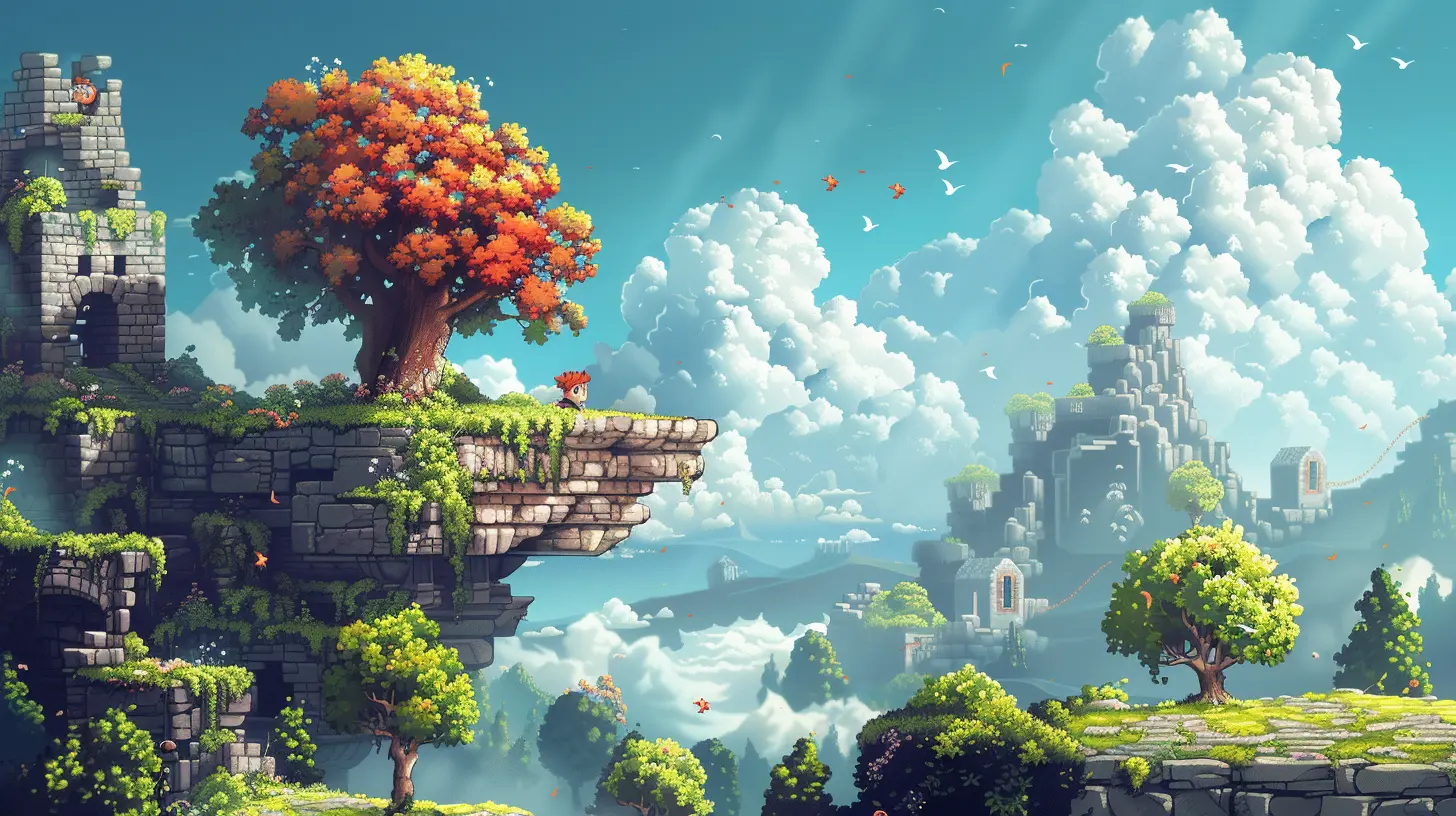
Old-School Brutality vs. Modern Refinement
Remember games like Ghosts ’n Goblins or Ninja Gaiden? Yeah, those old-school platformers were designed to be tough as nails. Part of it was arcade culture—keep dying, keep dropping quarters. But it wasn’t just about stealing your lunch money. It was also a technical limitation. Games were short by necessity, so the difficulty padded the playtime.Fast forward to today, and things have changed dramatically. Many modern platformers focus more on polish, accessibility, and, yes, gradually building difficulty so players don't get immediately discouraged.
Let’s take two examples:
- Super Meat Boy: It’s brutally hard, but every level is bite-sized and loads instantly. Die 100 times? No problem—you’re back in action in milliseconds.
- Celeste: It introduces mechanics piece by piece. One chapter might teach you wall-climbing, the next throws in wind mechanics. It’s tough, no doubt, but it teaches you. And that makes a world of difference.
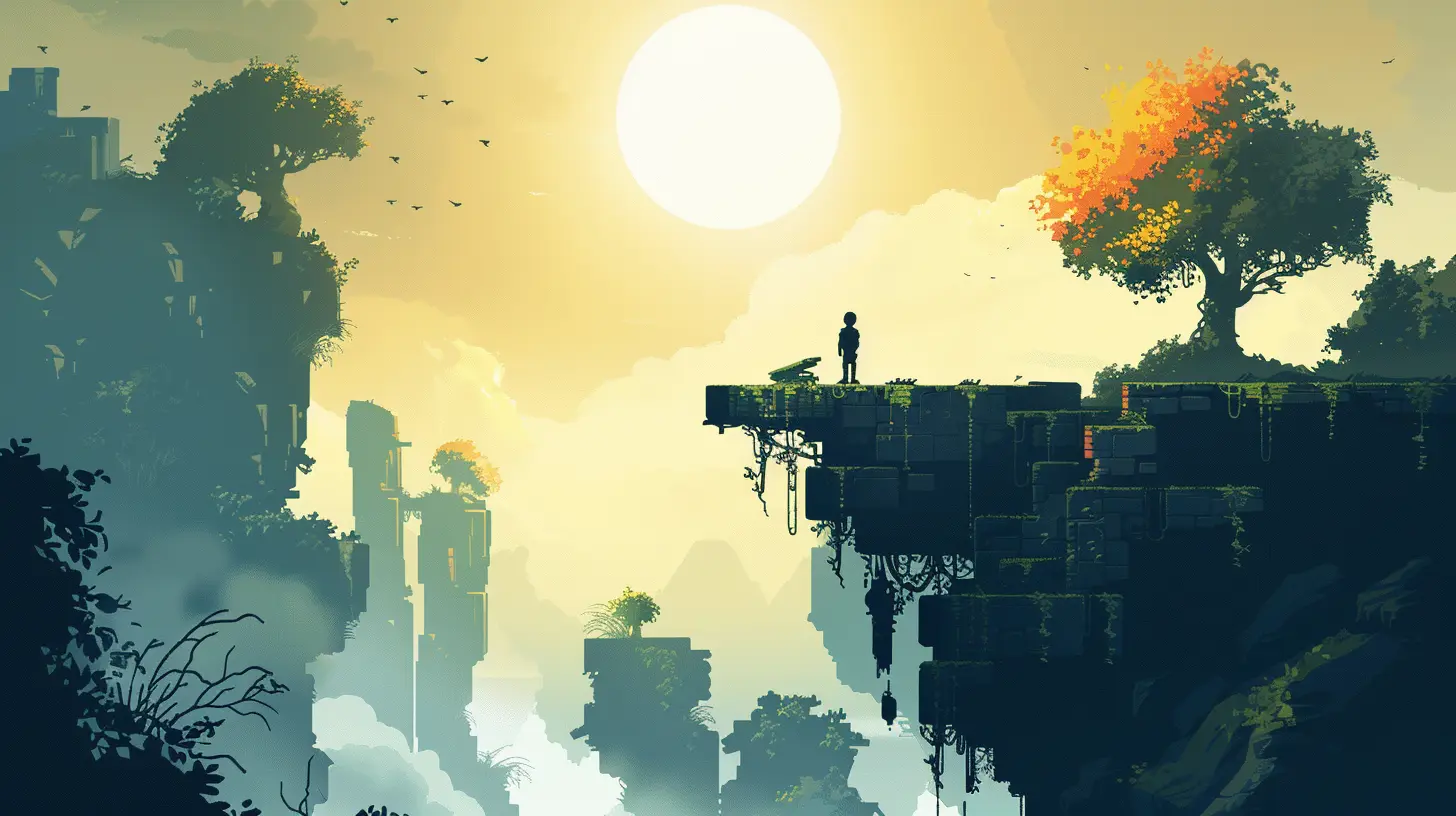
The Art of Teaching Without Telling
Some of the best modern platformers don’t just throw a tutorial text box at you and expect it to stick. They design their levels in a way that teaches you through gameplay.Take the first level of Celeste. It introduces movement, jumping, and climbing through obstacles that are arranged to require those actions. You mess up? You learn. And when something clicks, it feels earned.
This is crucial for managing difficulty. If a game teaches you mechanics gradually, you're more prepared for tougher challenges. It’s like training wheels that slowly come off—before you realize it, you’re doing backflips off ramps.
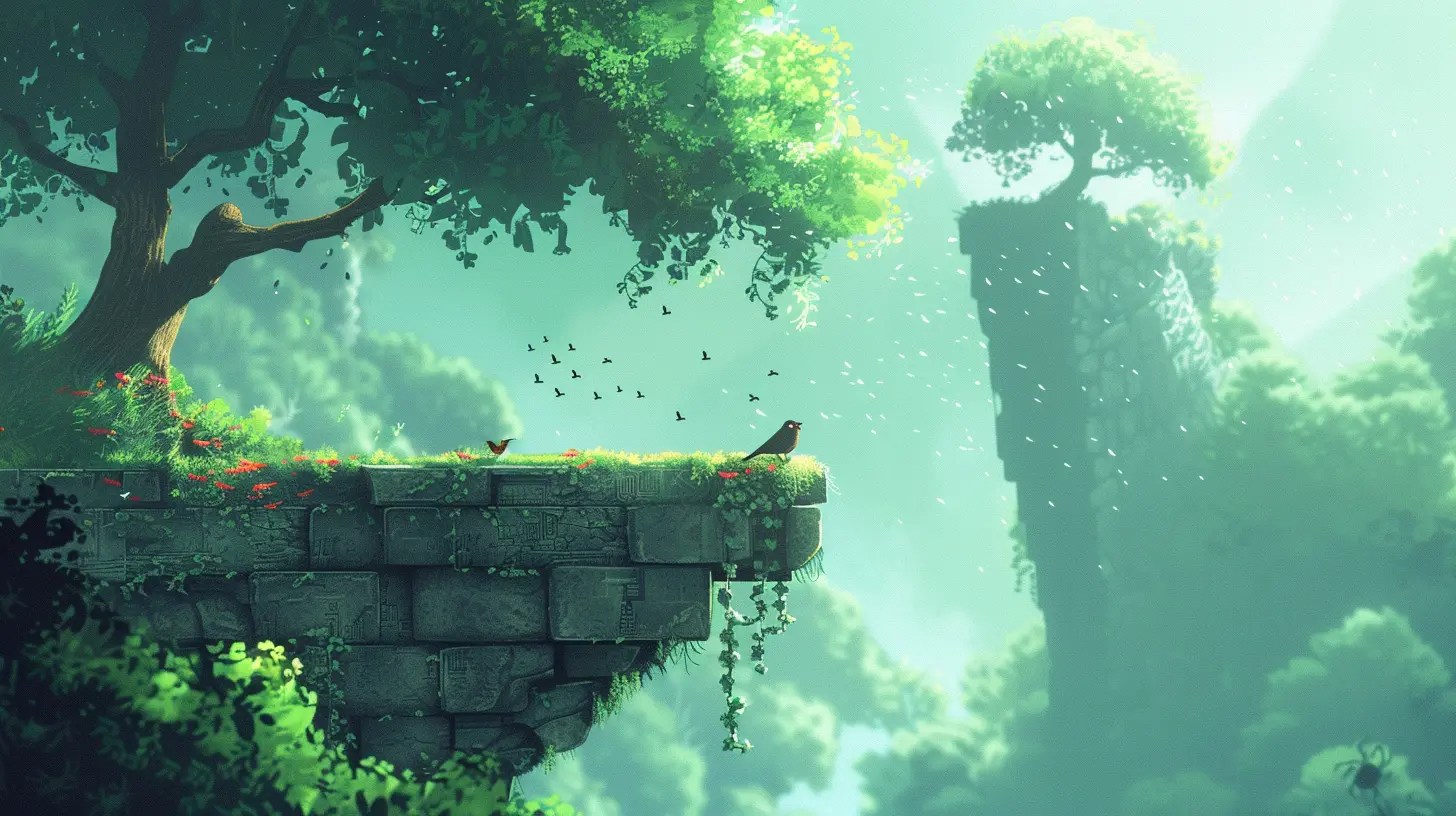
Checkpoints, Lives, and Forgiveness
Back in the day, if you didn’t reach a checkpoint, you had to start from level one again. Brutal.Modern platformers? Way more forgiving.
Games today often include frequent checkpoints, infinite lives, and even assist modes. And you know what? That’s not a bad thing. The idea isn’t to make games “easier” but to remove unnecessary frustration. Replaying the same easy part 500 times just to get to the hard part? That’s not fun. That’s torture.
Example? In Celeste, you respawn instantly at the room’s start. No loading screens. No punishment. Just another shot at glory. It keeps the momentum alive, and that directly affects how the player perceives difficulty.
Difficulty Isn’t Linear—And That’s Okay
Let’s be honest—platformers don’t always follow a straight-line path of “easy to hard.” And they don’t have to.Sometimes, a game gives you a breather. Other times, it spikes difficulty to really test your skills. These moments can feel like a sucker punch, but when done right, they’re actually brilliant.
Games like Ori and the Blind Forest use emotional storytelling paired with intense difficulty spikes—those chase scenes, man. They’re infuriating but satisfying. The tension? Off the charts. The payoff? Even better.
It’s All About Player Empowerment
Great platformers make you feel like the world’s greatest gamer—even if you've died 200 times. Why? Because the curve isn’t just about difficulty. It’s about empowerment.Every obstacle you beat, every boss you conquer, every impossible jump you finally nail after 50 tries—it all adds up to a powerful sense of accomplishment.
Hollow Knight is the poster child for this. The game doesn’t hold your hand—it throws you into a massive, interconnected world and expects you to figure it all out. But when it clicks? You feel like a god. That's the magic of a well-crafted difficulty curve—it makes you earn your victories but never feels unfair.
The Role of Level Design
Level design is the unsung hero of difficulty curves. It determines not just how hard a stage is, but how fair and rewarding it feels.A good level has:
- Clear visual indicators of danger
- Safe zones or breathing spaces for players
- Increasingly complex use of previously taught skills
- Gradual introduction of new mechanics
Take Donkey Kong Country: Tropical Freeze. It’s a masterclass in pacing and design. Each world builds upon the last, introducing new enemies and mechanics but never overwhelming you. The difficulty ramps up, but the game teaches you the tools before throwing you into the fire.
The Psychological Game: Frustration vs. Motivation
Here’s the thing nobody tells you: difficulty is a psychological game.Push too hard, and players break. Go too easy, and they get bored. Modern platformers strike this balance by using progress as a reward.
Games like Dead Cells or Rogue Legacy use rogue-lite elements—where you die but keep something (coins, upgrades, knowledge). So every failure feels like a step forward. That psychological trick keeps players hooked, even through the “just one more run” grind.
Accessibility and Optional Challenges
An important step forward in recent years? Accessibility options.Not everyone has the reflexes or time to master punishing games. That’s where things like assist modes, customizable difficulty, or even slow-motion features come in.
But here’s the genius part—these features don’t take away from the challenge for those who want it. They just widen the door so more players can step in. Games like Celeste and Ori include these options, and it doesn’t make them lesser experiences—it makes them better, because more people can enjoy the ride.
And for the hardcore folks? There are optional challenges. B-side levels, time trials, collectible hunts. It’s the best of both worlds—everyone wins.
Why the Difficulty Curve Matters More Than Ever
With so many platformers out there—from indie darlings to big-budget reboots—the difficulty curve has become a key part of what separates the good from the great.Players are savvier now. They expect more. They want mastery and entertainment. Frustration without reward? That doesn’t cut it anymore.
A thoughtfully crafted difficulty curve respects the player’s time, intelligence, and desire to improve. It challenges without punishing. It teaches without boring. And most importantly—it keeps you playing.
Final Thoughts: Let’s Keep It Real
Platformers aren’t just about jumping from platform to platform anymore. They’re about craft, design, storytelling, and yes—difficulty. But not difficulty for difficulty’s sake. Done right, it’s an art form.Whether you're scaling a mountain in Celeste, exploring ancient ruins in Hollow Knight, or bouncing through vibrant jungles in Tropical Freeze, the one thing these games share is a purposeful, well-designed difficulty curve.
They respect the grind, and they reward it too.
So next time you’re stuck on a jump, take a breath. That curve is there for a reason. It's not the game punishing you—it's the game preparing you for what’s next.
And when you finally make that impossible move? Oh man, that’s the dopamine hit we’re all here for.
all images in this post were generated using AI tools
Category:
Platformer GamesAuthor:

Tayla Warner
Discussion
rate this article
2 comments
Patience Cummings
Navigating the difficulty curve in platformers is like riding a rollercoaster—thrilling drops and uplifting loops! Grab your controller and hold on tight!
September 4, 2025 at 4:05 PM

Tayla Warner
Absolutely! The thrill of mastering challenges in platformers is what keeps players engaged—much like the exhilarating ride of a rollercoaster!
Tempra Sharp
Great article! It’s fascinating how the difficulty curve can make or break a platformer. Finding that sweet spot keeps us engaged and coming back for more. Happy gaming! 🎮
June 22, 2025 at 3:17 PM

Tayla Warner
Thank you! I’m glad you enjoyed the article. The difficulty curve truly is key to keeping players engaged. Happy gaming to you too! 🎮

